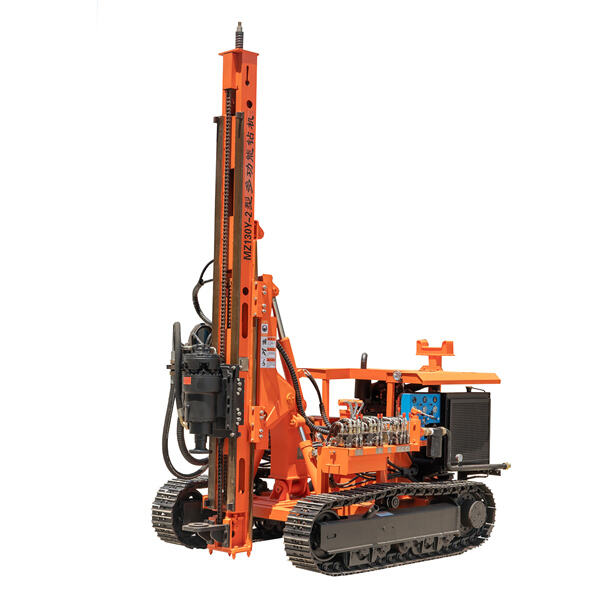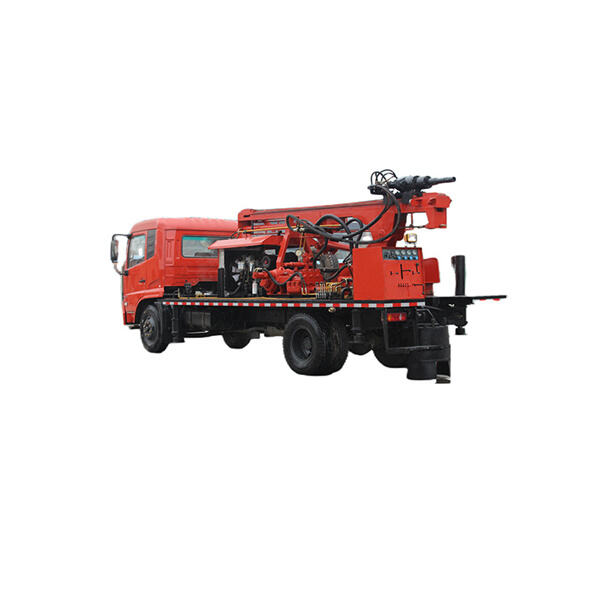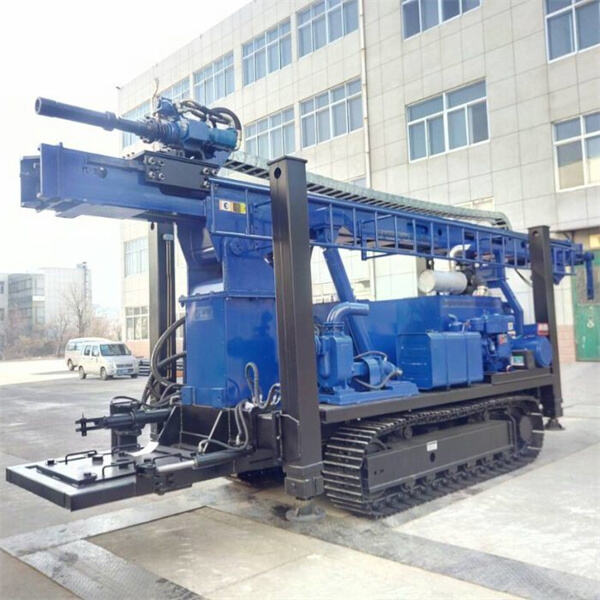A pile driving rig is a large piece of machinery used in construction to drive piles into the ground, creating a strong foundation for buildings, bridges, and other structures. They're called pile drivers, and they are essentially immensely powerful hammers that ram gigantic columns of concrete known as piles into the ground. To better understand how pile driving rigs work, it's worth discussing the significance of these types of construction in greater detail.
Usually, the most common types of pile driving rigs are made for different construction projects. There are various types of pile drivers, such as diesel hammers, hydraulic hammers, vibratory hammers, and impact hammers. Those methods are either diesel hammers, which drive piles into the ground using diesel fuel, or hydraulic hammers, which use hydraulic power. Vibratory hammers work by creating vibrations that help the piles sink into the ground, while impact hammers use a heavy weight that pounds the piles in place.

There are many reasons why a construction project would benefit from the use of a pile driving rig. One of the main advantages is that pile driving rigs can be used to drive deep piles to create a solid foundation to support heavy structures. They are fast and effective, so construction projects can be completed quickly. Moreover, pile driving rigs are also able to work in confined spaces and on all types of terrain, making them useful machines on any construction site.

To learn how to run a pile driving rig takes training and skill to ensure everyone stays safe. You should also inspect the machine for damage or issues before you begin to use it. When the rig is ready they will have to position the piles correctly and calibrate the machine. The operator will then start hammering the piles into the ground with the controls, ensuring they reach the desired depth.

Safety is always the foremost in importance when using a pile driving rig. Operators should use their protective gear such as hard hat, gloves, and goggles to avoid being hit by flying debris. Now also it is important that the work area is free of clutter and hazards. Also, operators should adhere to all safety measures to avoid accidents and injuries at work.